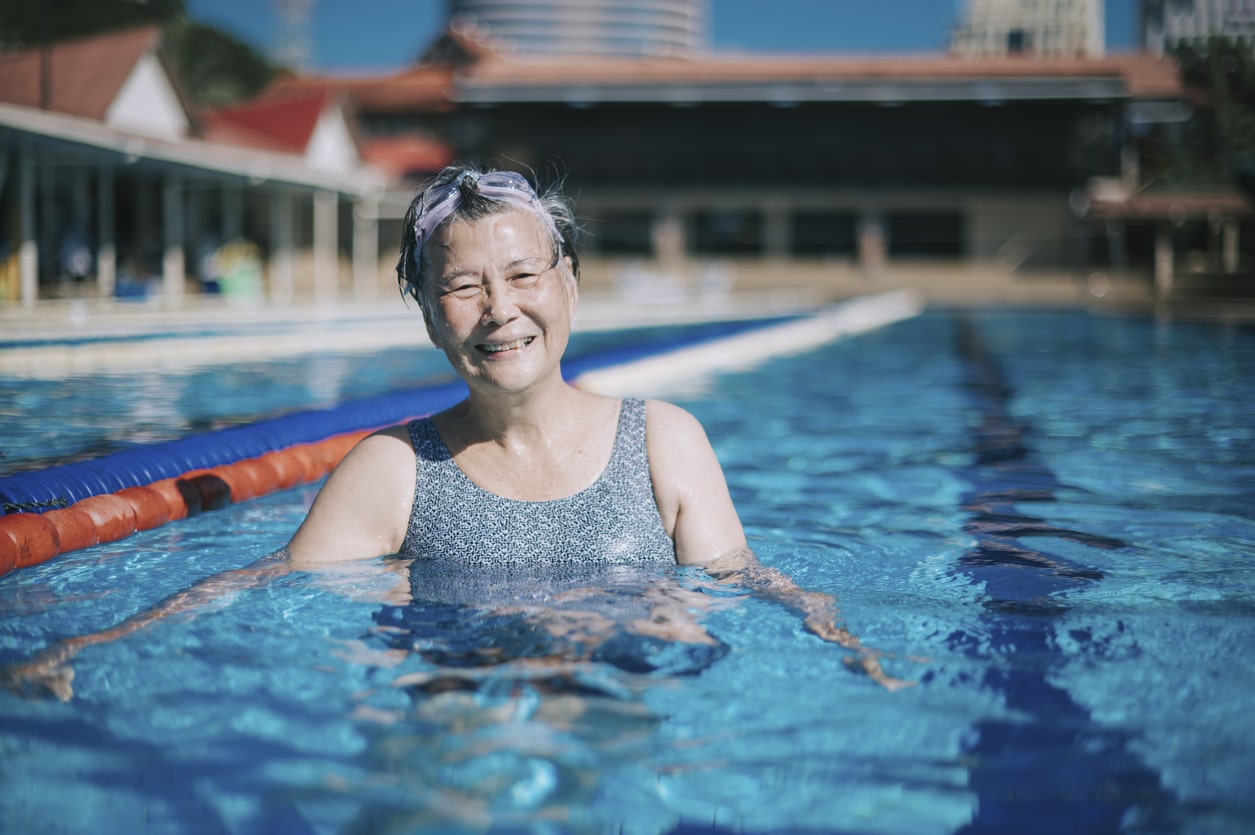Swimmer’s ear, also known as otitis externa, is a common condition characterized by inflammation, irritation or infection of the outer ear canal. It occurs when water becomes trapped in the ear canal, providing a favorable environment for bacterial growth. Swimmer’s ear can be uncomfortable and may cause symptoms such as a feeling of fullness, discomfort, muffled hearing and redness or inflammation in the ear.
What Can Increase Your Risk for Swimmer’s Ear?

There are several risk factors that can contribute to the development of swimmer’s ear. These include exposure to high humidity, using small objects like cotton swabs or fingers to scratch or clean the ears, having dry skin in the ear canal, sustaining an injury to the ear canal, having excess earwax, swimming in unclean water and improper care of hearing aids.
How Can You Protect Against Swimmer’s Ear From Hearing Aids?
To protect against swimmer’s ear, it is recommended to practice safe hearing aid care and swimming practices. Always avoid swimming in high bacteria waters. High bacterial environments generally include any source of untreated water. Chlorinated water, such as the water at the North Jersey Aquatic Club, is less likely to cause swimmer’s ear as chlorine kills most bacteria. That said, swimmer’s ear can still occur. In addition to avoiding high-bacteria water, you can protect against swimmer’s ear with hearing aids by following a few steps, including:
- Regularly clean devices. Regular cleaning of hearing devices is essential to prevent excess bacterial contamination in the ear canal. Device manuals usually provide specific cleaning instructions, and it is advisable to consult a hearing aid specialist for further guidance on device care and cleaning.
- Wear earplugs. Wearing earplugs while swimming can significantly reduce the risk of swimmer’s ear. Earplugs act as a barrier, preventing water and bacteria from entering the ear canal. They are a simple yet effective measure to protect against this condition. For additional protection, wear a swimming cap that covers the ears.
- Dry ears. After swimming, it is crucial to thoroughly dry the ears to remove any excess water. Tilt the head from side to side to help drain the water from the ear canal. Dry the outer ear with a clean, soft towel. Remember never to insert anything in the ear canal. For individuals prone to swimmer’s ear, use a blow dryer on the lowest setting, held at least a foot away from the ear. If the dryer feels hot, move it further away from the ear.
When using hearing aids, it is vital to wait until the ear canal and outer ear are fully dry before reinserting the devices. This precautionary measure helps prevent hearing aids from contributing to the development of swimmer’s ear.
To learn more about maintaining ear health with hearing aids, contact Speech & Hearing Associates today to make an appointment with one of our specialists.